Expansion of Consumer Electronics
The Power Amplifier Market is significantly influenced by the expansion of the consumer electronics sector. With the increasing adoption of smart devices, such as televisions, audio systems, and gaming consoles, the demand for high-performance power amplifiers is on the rise. In 2025, the consumer electronics segment is expected to account for a substantial share of the power amplifier market, driven by the need for enhanced audio and video experiences. The integration of advanced technologies, such as artificial intelligence and machine learning, into consumer electronics is further propelling the demand for sophisticated power amplifiers. This trend suggests that manufacturers must innovate continuously to meet the expectations of consumers, thereby fostering growth within the Power Amplifier Market.
Growth in Renewable Energy Sector
The Power Amplifier Market is witnessing growth due to the increasing investments in the renewable energy sector. As countries strive to reduce their carbon footprints, the demand for renewable energy sources, such as solar and wind, is escalating. Power amplifiers play a crucial role in optimizing energy conversion and transmission in these applications. The renewable energy market is projected to grow at a compound annual growth rate of over 8% through 2025, which will likely drive the demand for power amplifiers that can efficiently manage energy flow. This trend indicates a shift towards more sustainable energy solutions, positioning the Power Amplifier Market as a key player in the transition to greener technologies.
Advancements in Automotive Technology
The Power Amplifier Market is significantly impacted by advancements in automotive technology, particularly with the rise of electric vehicles (EVs) and autonomous driving systems. As automotive manufacturers increasingly integrate sophisticated infotainment and communication systems, the demand for high-quality power amplifiers is expected to rise. The automotive sector is projected to contribute significantly to the power amplifier market, with an estimated growth rate of 7% annually through 2025. This growth is driven by the need for enhanced audio systems and connectivity features in vehicles. Consequently, manufacturers are focusing on developing power amplifiers that meet the stringent requirements of the automotive industry, thereby fostering innovation within the Power Amplifier Market.
Rising Demand for Wireless Communication
The Power Amplifier Market is experiencing a notable surge in demand due to the increasing reliance on wireless communication technologies. As mobile devices proliferate, the need for efficient power amplifiers to enhance signal strength and quality becomes paramount. The market for power amplifiers in wireless communication is projected to reach approximately USD 10 billion by 2025, driven by advancements in 5G technology and the Internet of Things (IoT). This trend indicates a shift towards more sophisticated amplifiers that can handle higher frequencies and provide better performance. Consequently, manufacturers are focusing on developing innovative solutions that cater to the evolving needs of the telecommunications sector, thereby propelling the growth of the Power Amplifier Market.
Increasing Adoption of Smart Home Technologies
The Power Amplifier Market is benefiting from the increasing adoption of smart home technologies. As consumers seek to enhance their living environments with connected devices, the demand for power amplifiers that support audio and video streaming is on the rise. The smart home market is expected to grow at a compound annual growth rate of approximately 25% through 2025, which will likely drive the demand for power amplifiers that can seamlessly integrate with various smart devices. This trend suggests that manufacturers must focus on creating versatile and efficient power amplifiers that cater to the needs of smart home applications. As a result, the Power Amplifier Market is poised for substantial growth in the coming years.
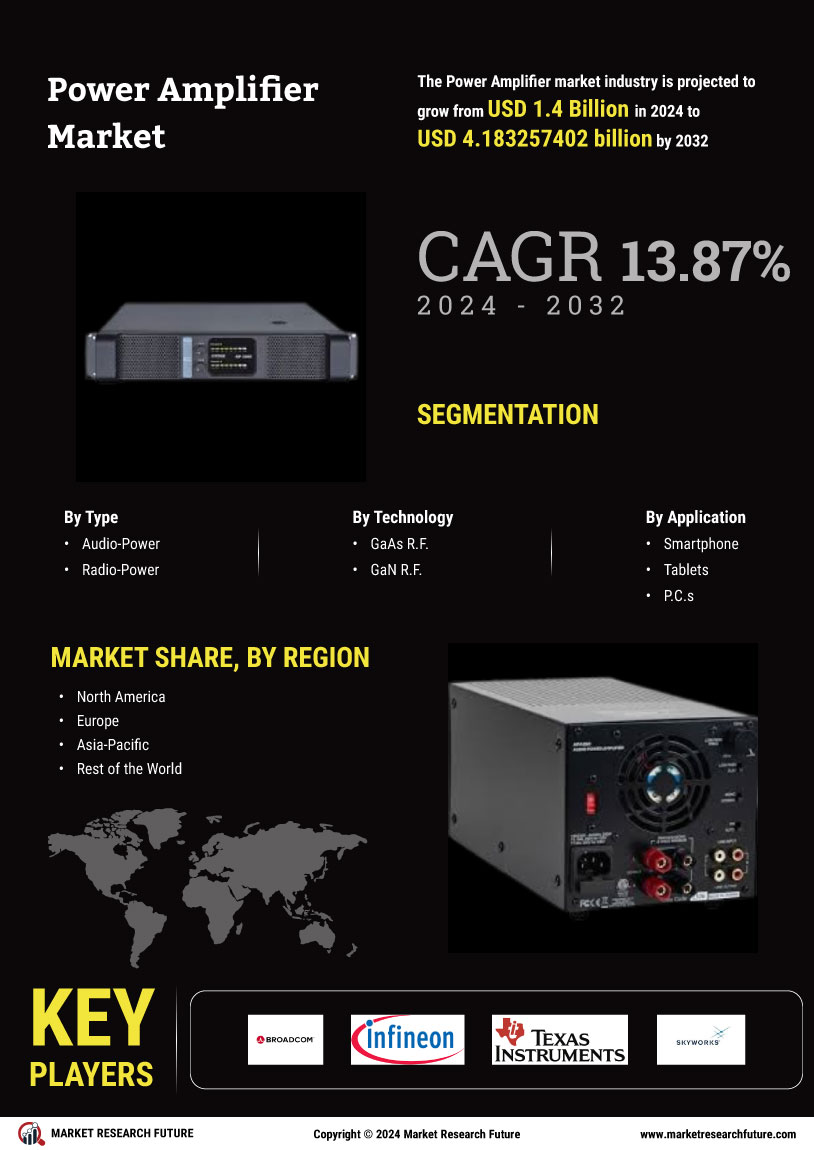
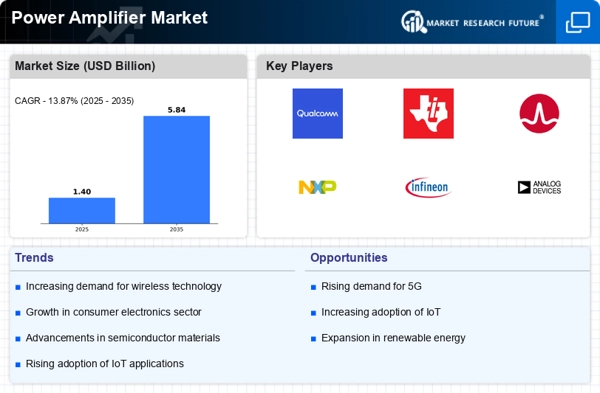
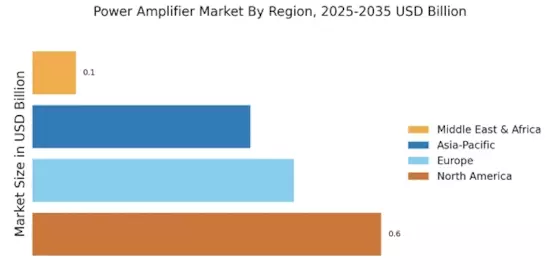

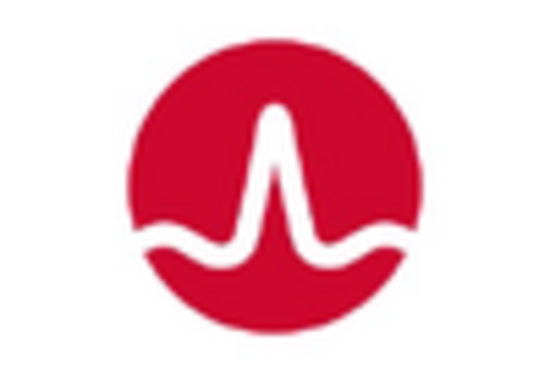

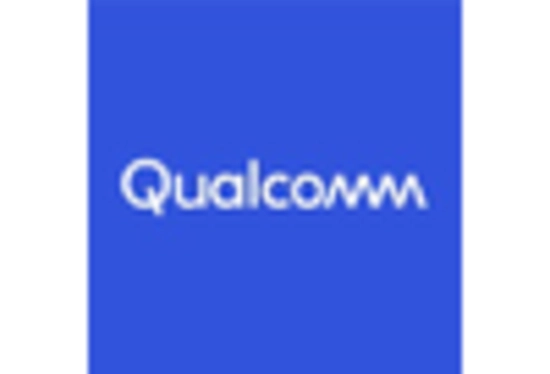
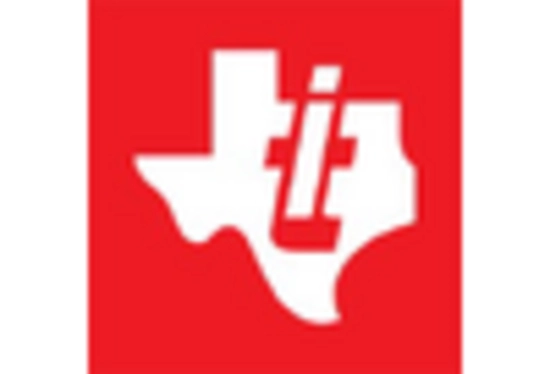








Leave a Comment